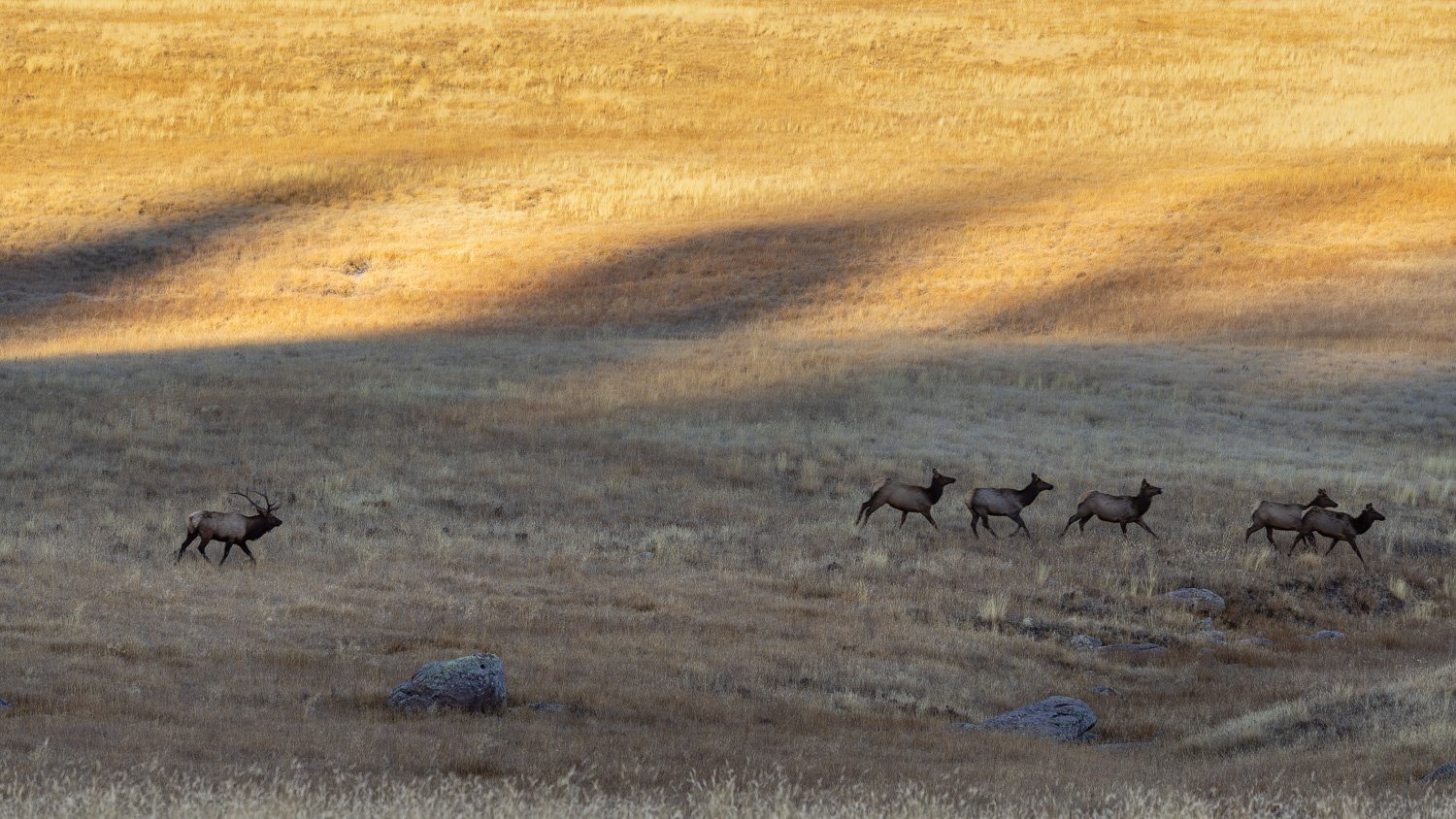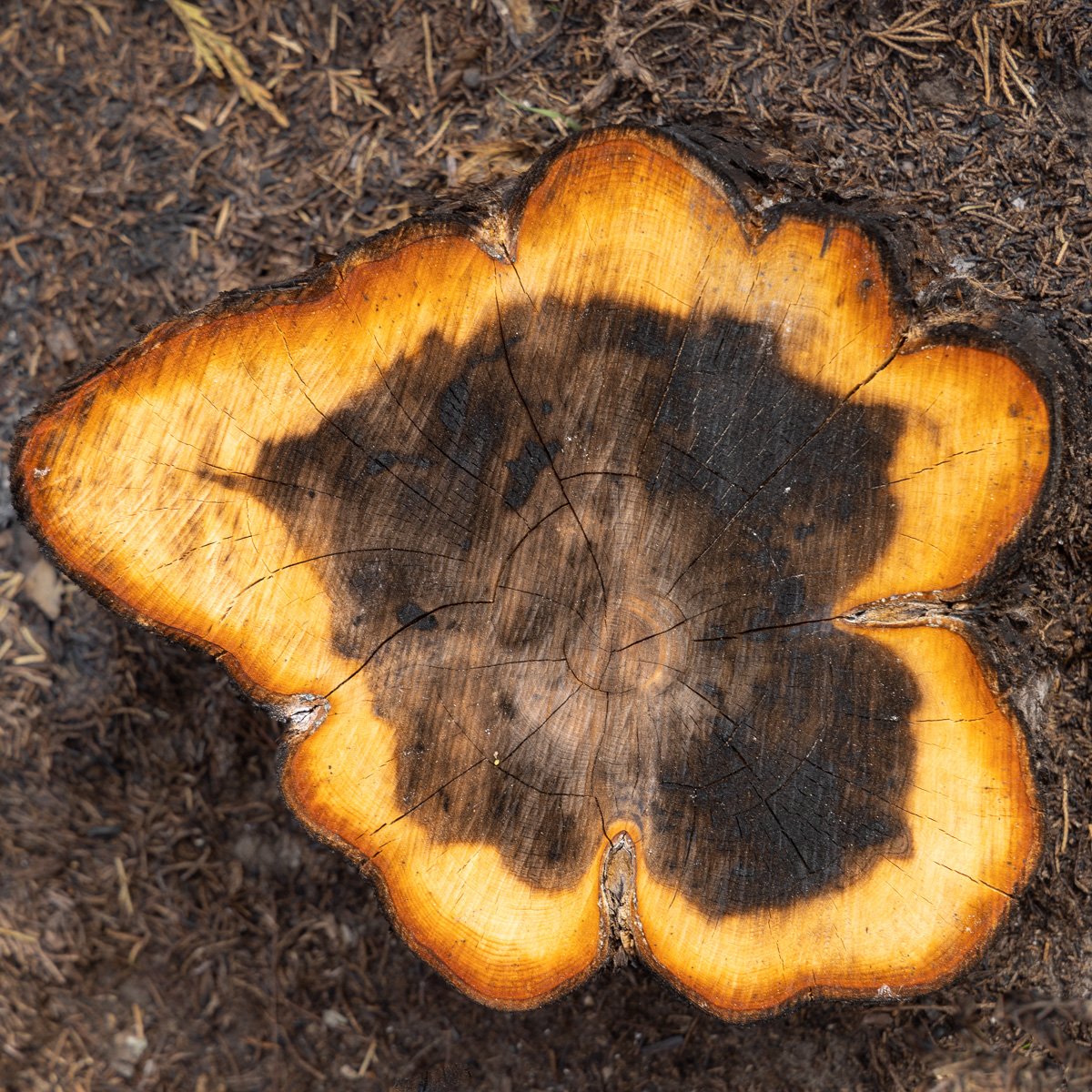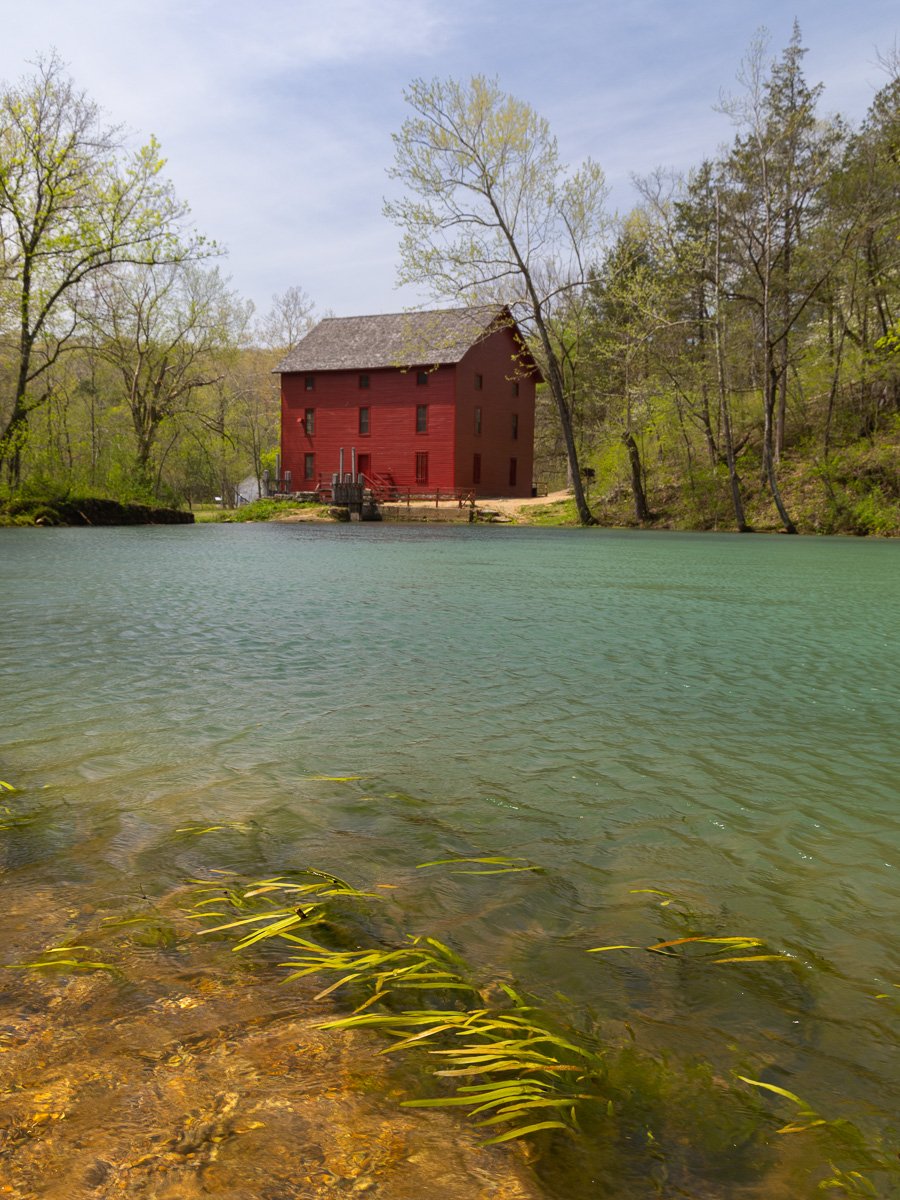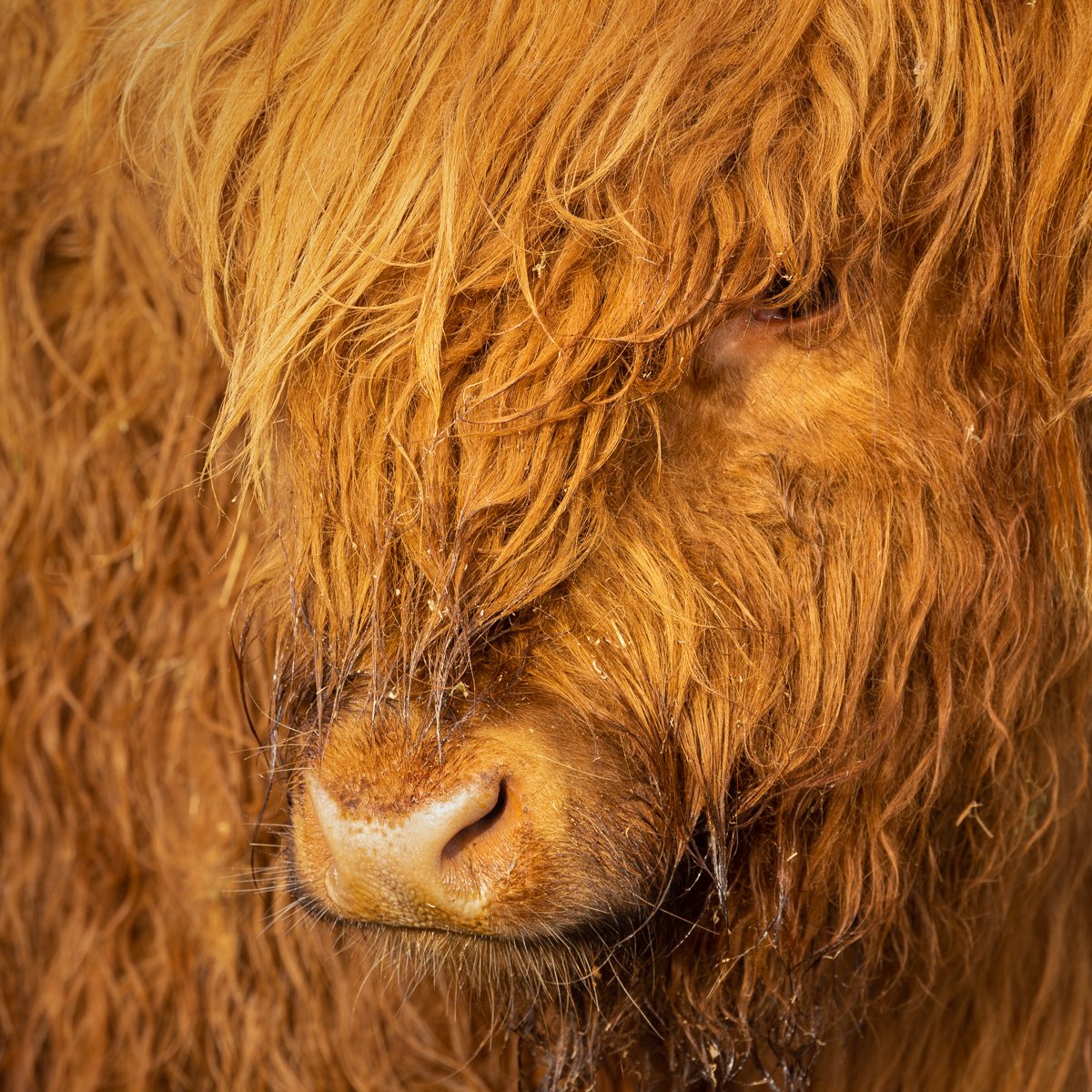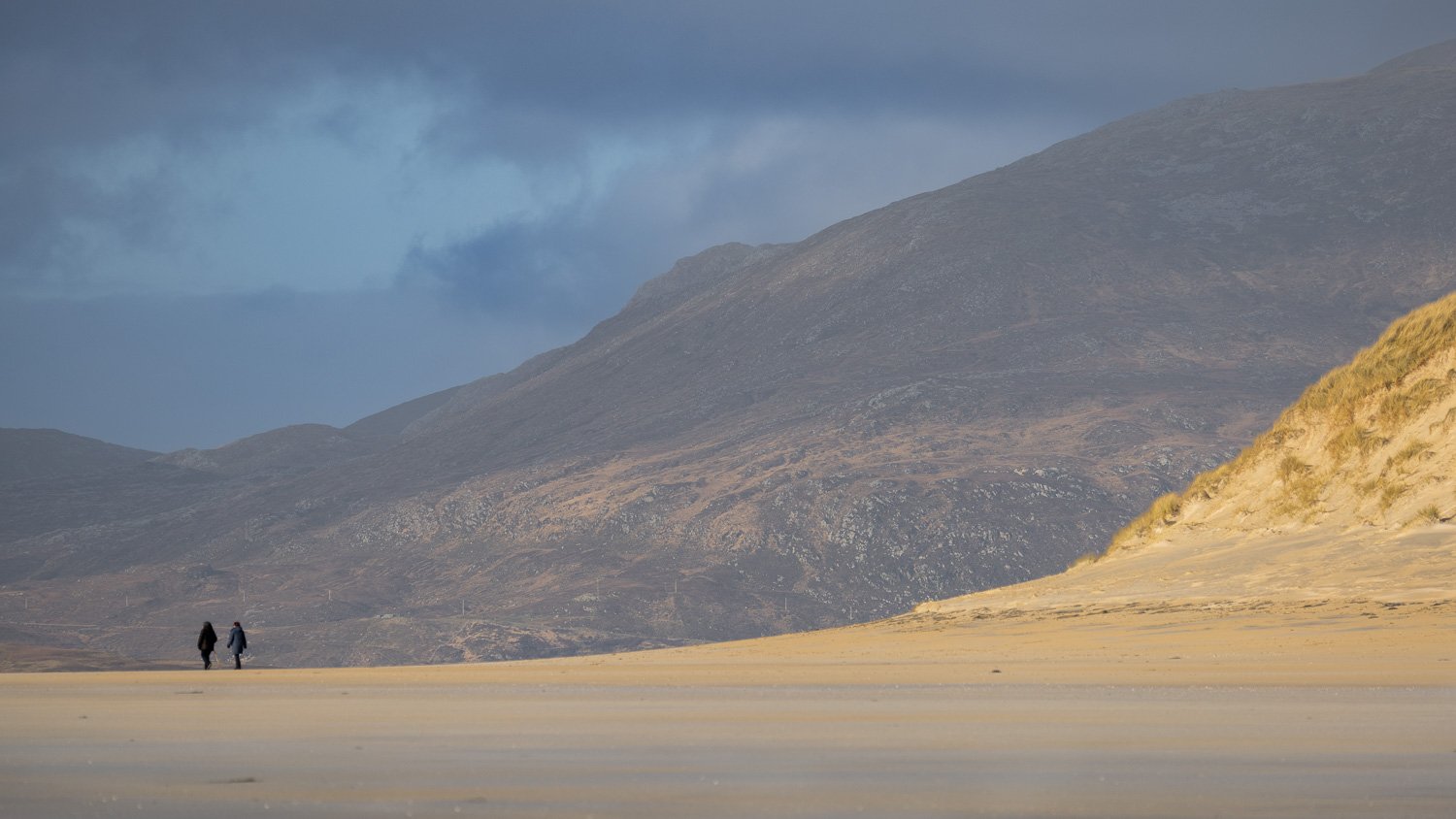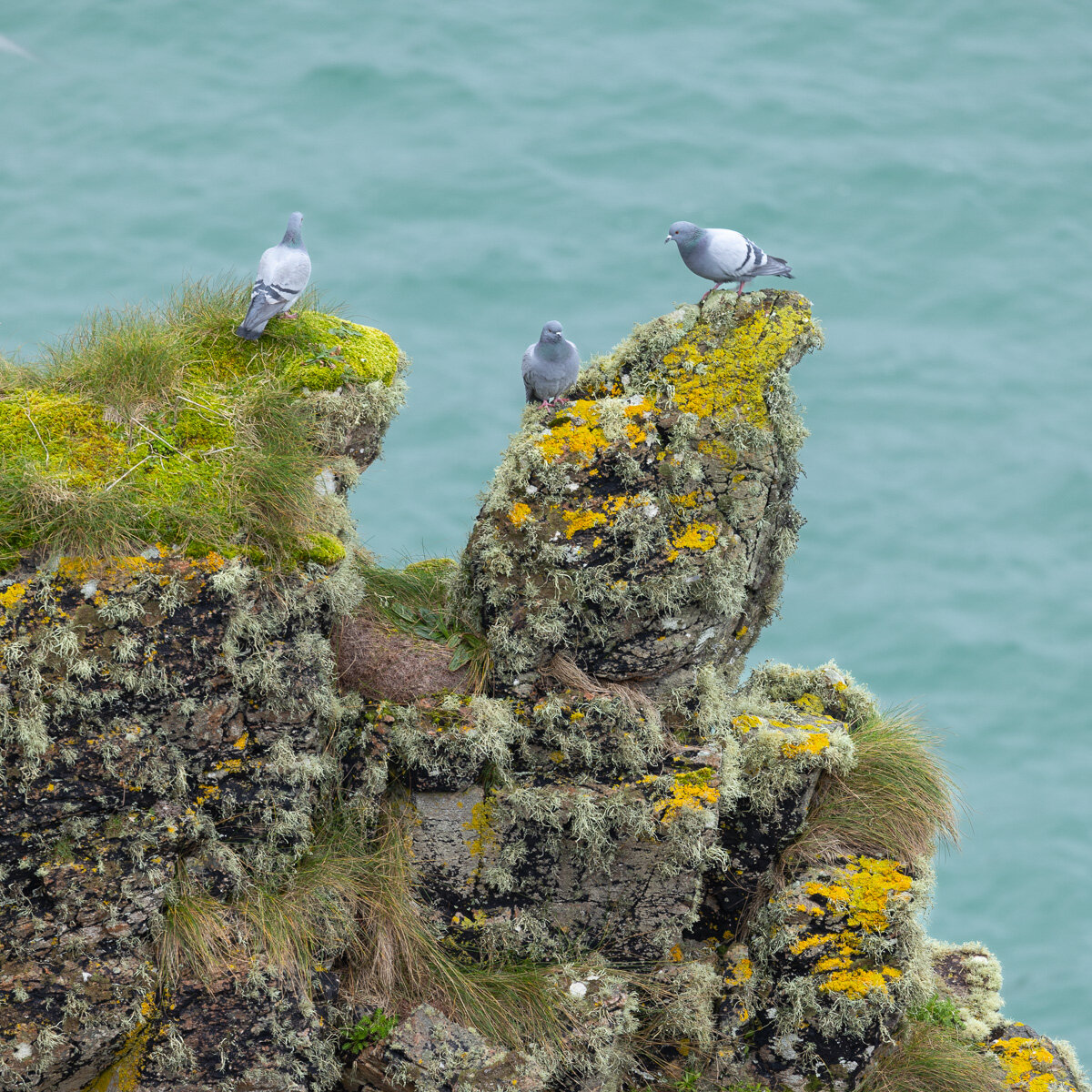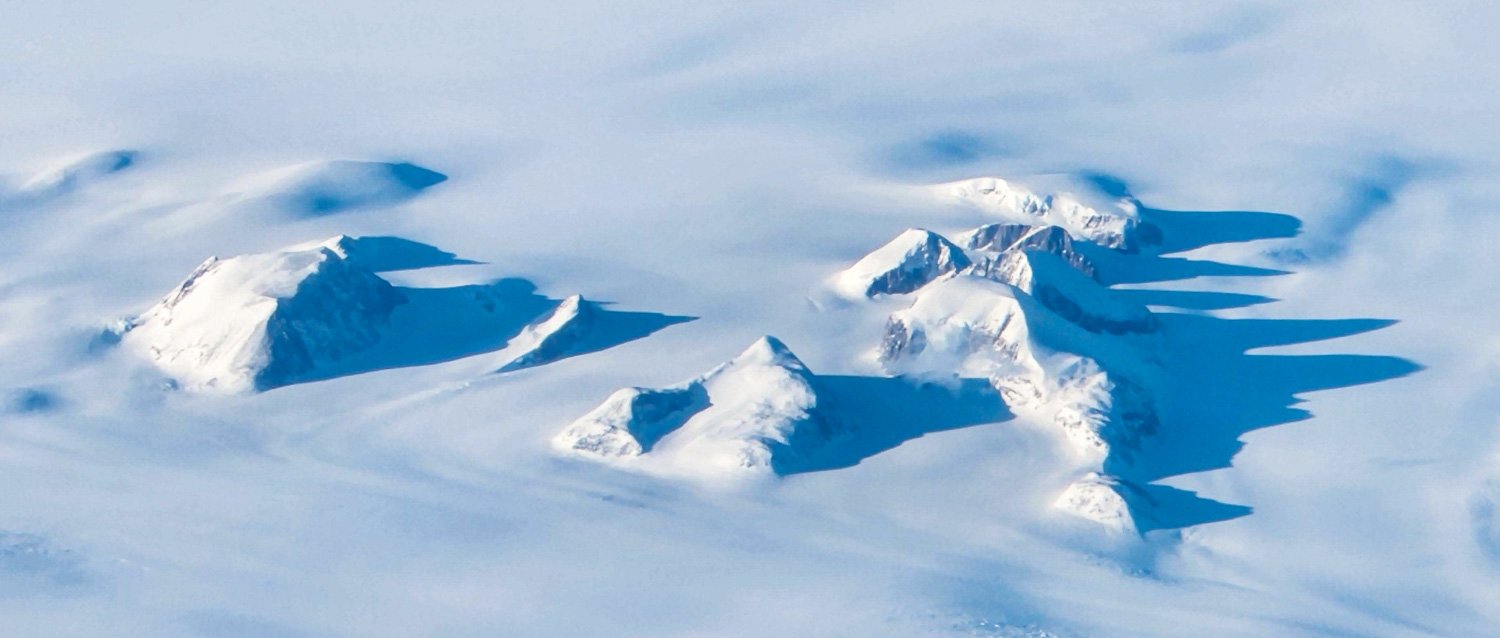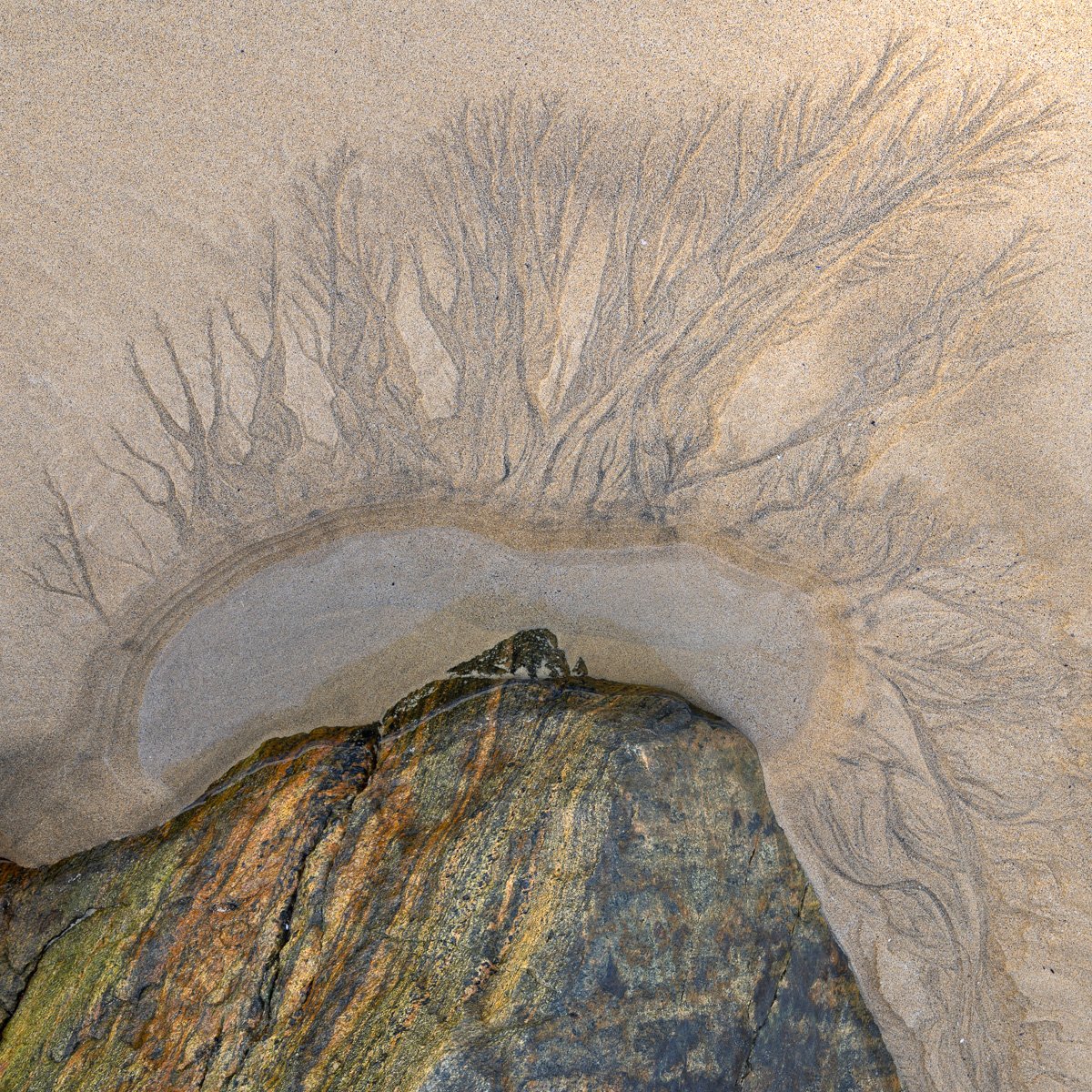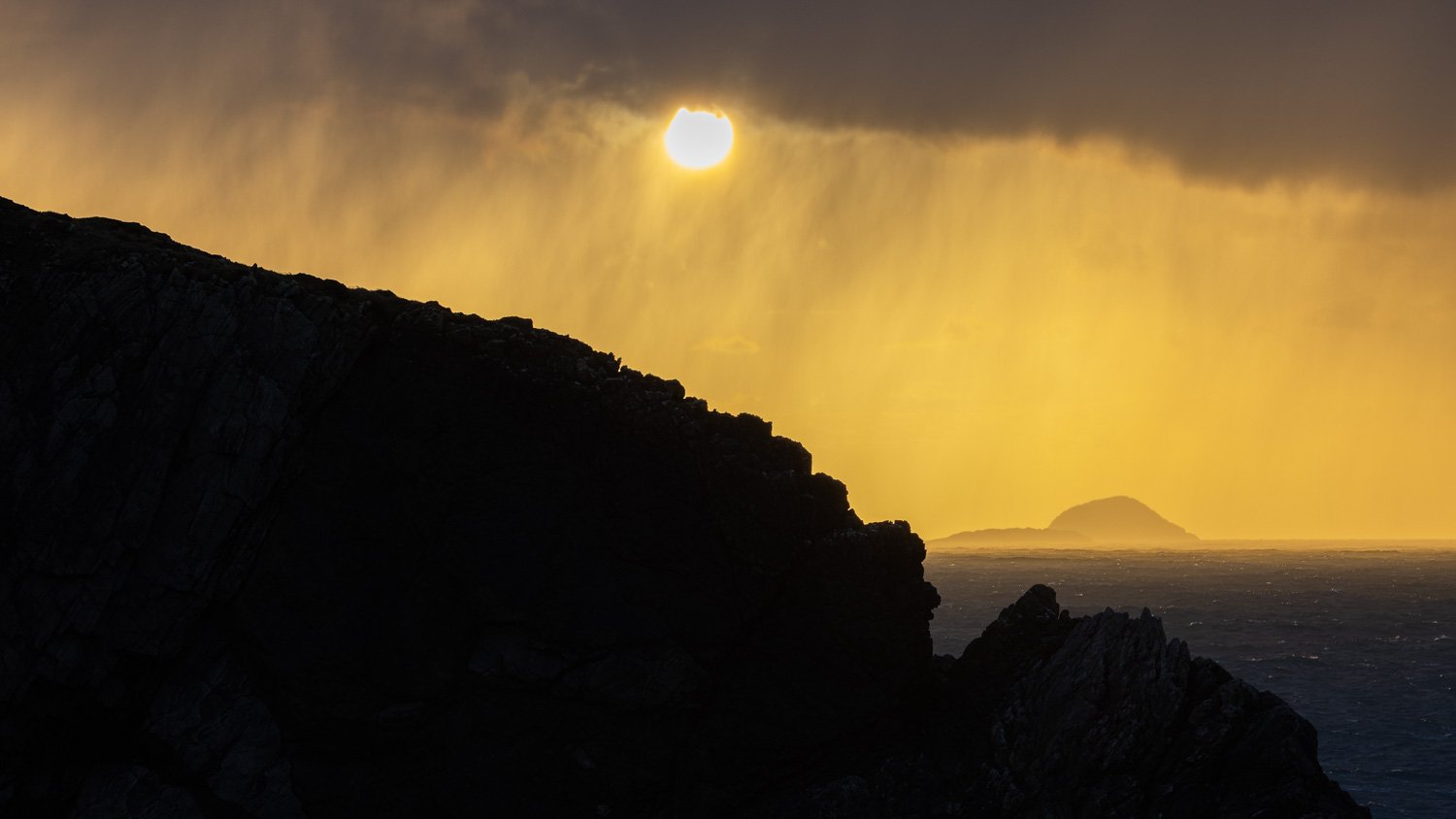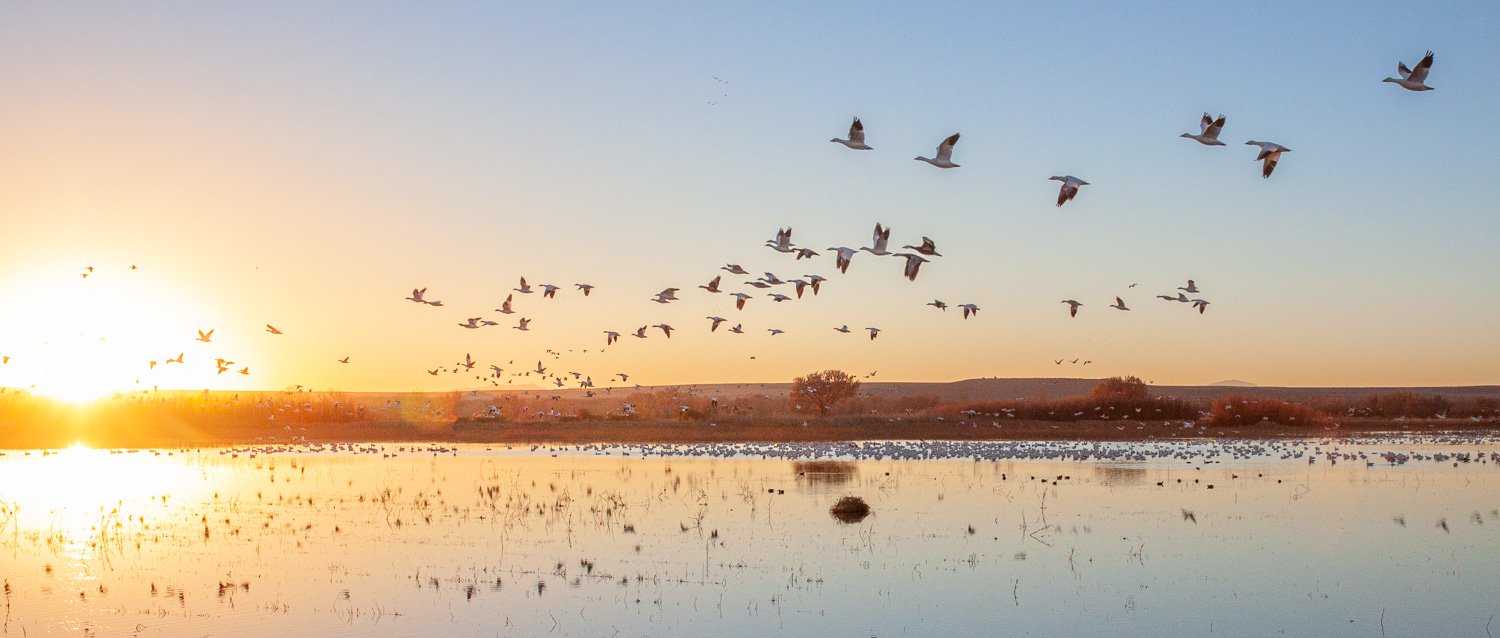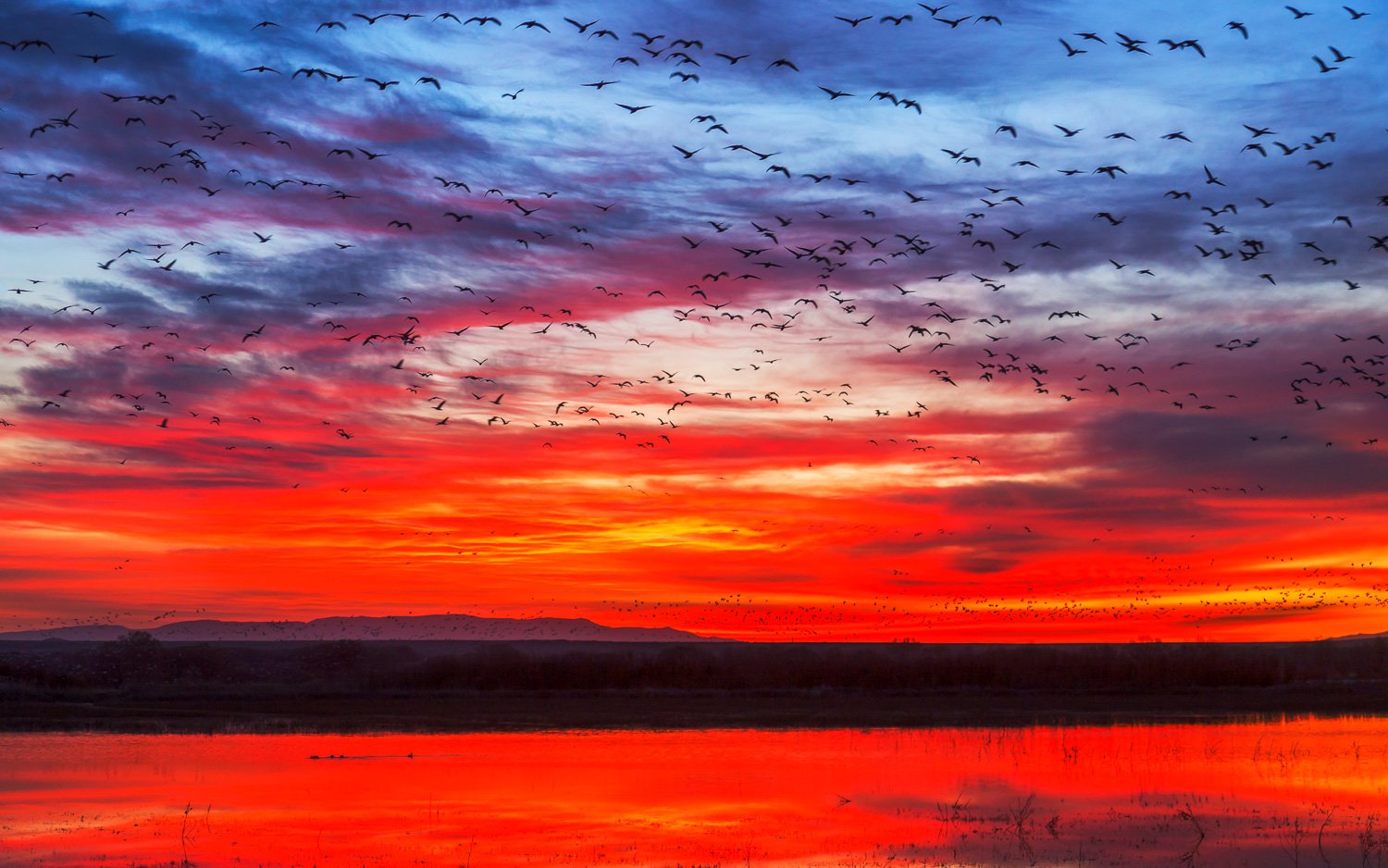In northeast Arizona in the center of the Navajo Nation (the biggest Indian reservation which is larger than the state of Wisconsin) is Canyon de Chelly (d’SHAY). The canyon has been continuously occupied for nearly 5,000 years. As they have for centuries, the doors of the Navajo homes and hogans that fill the area face east for the rising sun.
Canyon de Chelly sunrise
When Canyon de Chelly National Monument was established in 1931, the presidential proclamation stipulated “the grazing and other rights of the Indians are in no way interfered with.” The park is jointly managed by the National Park Service and the Navajo Nation Parks and Recreation. Roads with viewpoints run along the north and south rims of canyon. Looking down, you might see faces of the ancestors as well as their buildings.
Mummy Cave, Canyon del Muerto
The largest of the Ancestral Puebloan dwellings is the 80 room Mummy Cave dwellings 300 feet up from the valley floor. In 1882, two mummified bodies where found here giving its present name. Zooming in, you can see the wood beams and some of the plaster still on the walls after being vacated over 700 years ago.
Mummy Cave dwellings
A special feature of the park is seeing the Navajo homes amongst those of the Ancestral Puebloans. Some say the Navajo came to the area only a few hundred years ago from further northwest. But a couple of the Navajo I spoke with definitely consider the people who lived here their ancestors. Anasazi is a term that has fallen out of favor to describe the people who inhabited the area a thousand years ago. Some say the term is Navajo for “ancient enemies”, while others define it as ancestors.
The sandstone in the canyon walls tell stories of the sand dunes and ocean bottoms that flowed here over 200 million years ago, and play in today’s sunlight.
You can only enter the canyon with Navajo guides. But some of the residents set up tables on the rim drive to sell artwork they create. As I type I wear a bracelet from A C Henry with etchings of the four sacred mountains of the Navajo. He also had many works with the plants of the area. The shapes and autumn colors are certainly inspirational.
The final stop on the south rim drive offers a view of the feature I most wanted to see in the park: Spider Rock. The monolith rises 800 feet over the valley. Legend is that Spider Woman or Grandmother lived on top. She was a mythic figure for ancestral natives and is found in petroglyphs, and remains in current oral tradition. She was a protector of the people, taught them how to weave, and of the Beauty Way to balance mind, body, and soul.
And she’d eat misbehaving children, so the white on the rock are the bones of those naughty ones.
Spider Rock, Canyon de Chelly National Monument, Arizona














